Every generation inherits a scientific boundary that dares us to push farther, and today that edge glows at the bottom row of the periodic table. Superheavy elements flicker into existence for heartbeats, then vanish, leaving cryptic decay trails like footprints in fresh snow. The mystery is simple to state yet wildly hard to solve: how do we coax nuclei so massive they barely hold together to form at all? Now a new player has stepped onto the beamline – artificial intelligence – and it’s starting to sift patterns that human intuition and brute-force scanning often miss. I’ve sat in a control room watching a detector’s soft clicks blur into hours; if AI can turn that noise into a map, the hunt could change fast.
The Hidden Clues

In the search for new elements, most of the action happens in the shadows – tiny signals buried in background noise from detectors listening for alpha decays and fission fragments. Each candidate event arrives as a time-stamped whisper, a few energy values and a location in silicon, and it takes disciplined skepticism to decide whether that whisper means something new. AI thrives in that murk, cross-checking decay chains against learned patterns to flag sequences that line up with theoretical expectations.
Instead of treating each event in isolation, modern models can learn the joint rhythm of a whole experiment – the way a beam current drifts, how target thickness changes, and which detectors get noisy when the room warms up. That broader context cuts down false alarms while rescuing rare, real signals that might otherwise be tossed as glitches. It’s like listening to a symphony rather than a single instrument; the melody of discovery emerges when the parts line up.
From Ancient Tools to Modern Science
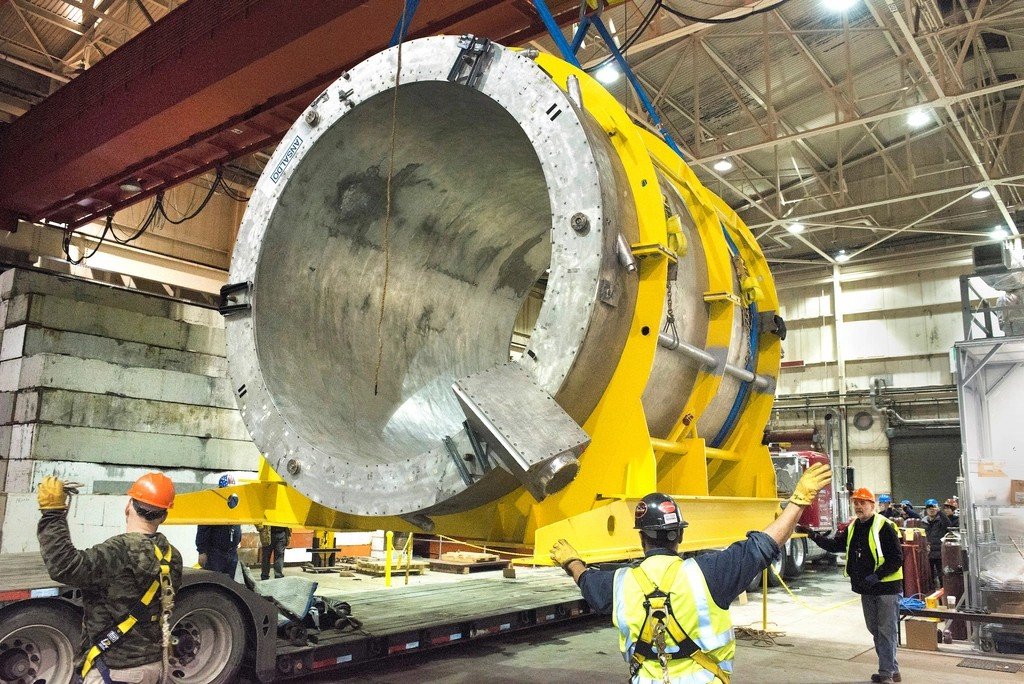
Alchemy once chased new substances by superstition and smoke, but the twentieth century replaced that with particle accelerators and meticulous nuclear chemistry. The logic flipped from mystical recipes to precise projectile-target pairings, tuned beam energies, and carefully prepared actinide foils. Teams learned to read fleeting decay signatures as if they were fingerprints, verifying claims through repetition and independent confirmation.
Even with that rigor, the search has long leaned on experience and incremental trial-and-error. Researchers adjusted energies by tiny steps, swapped targets after long runs, and argued over which hints were promising. AI offers a different culture: start with data, learn the patterns, and propose the next best shot with the speed of a seasoned experimenter on fast-forward.
The Frontier at the Edge of the Table
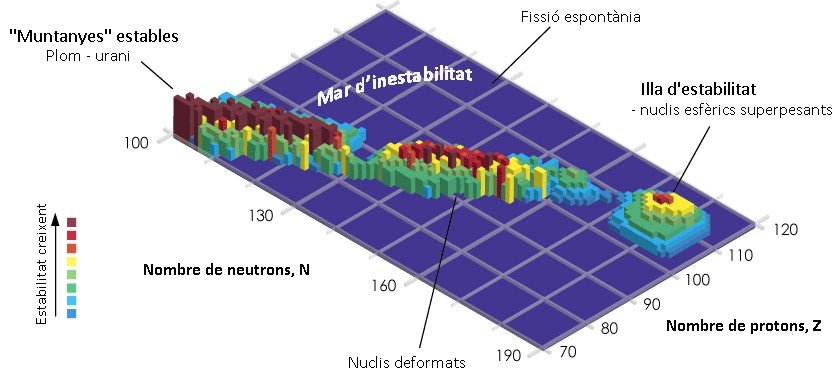
The recognized periodic table currently ends with element one hundred eighteen, a noble gas synthesized in only a handful of atoms and studied through its brief decay. Pushing to elements one hundred nineteen and beyond is not just adding squares; it’s wrestling with the limits of nuclear stability and vanishingly small production probabilities. The so-called island of stability – where certain proton and neutron counts might yield longer-lived superheavy nuclei – remains a target, not a settled shoreline.
Here is where guidance matters, because beam time is precious and cross-sections can tumble to levels that feel indistinguishable from zero. Smart algorithms can suggest unconventional projectile-target combinations or slightly off-center energies that theory alone might overlook. When an extra hour of tuned conditions could mean one more atom, those suggestions aren’t academic – they’re the difference between silence and a signal.
How AI Rethinks the Hunt
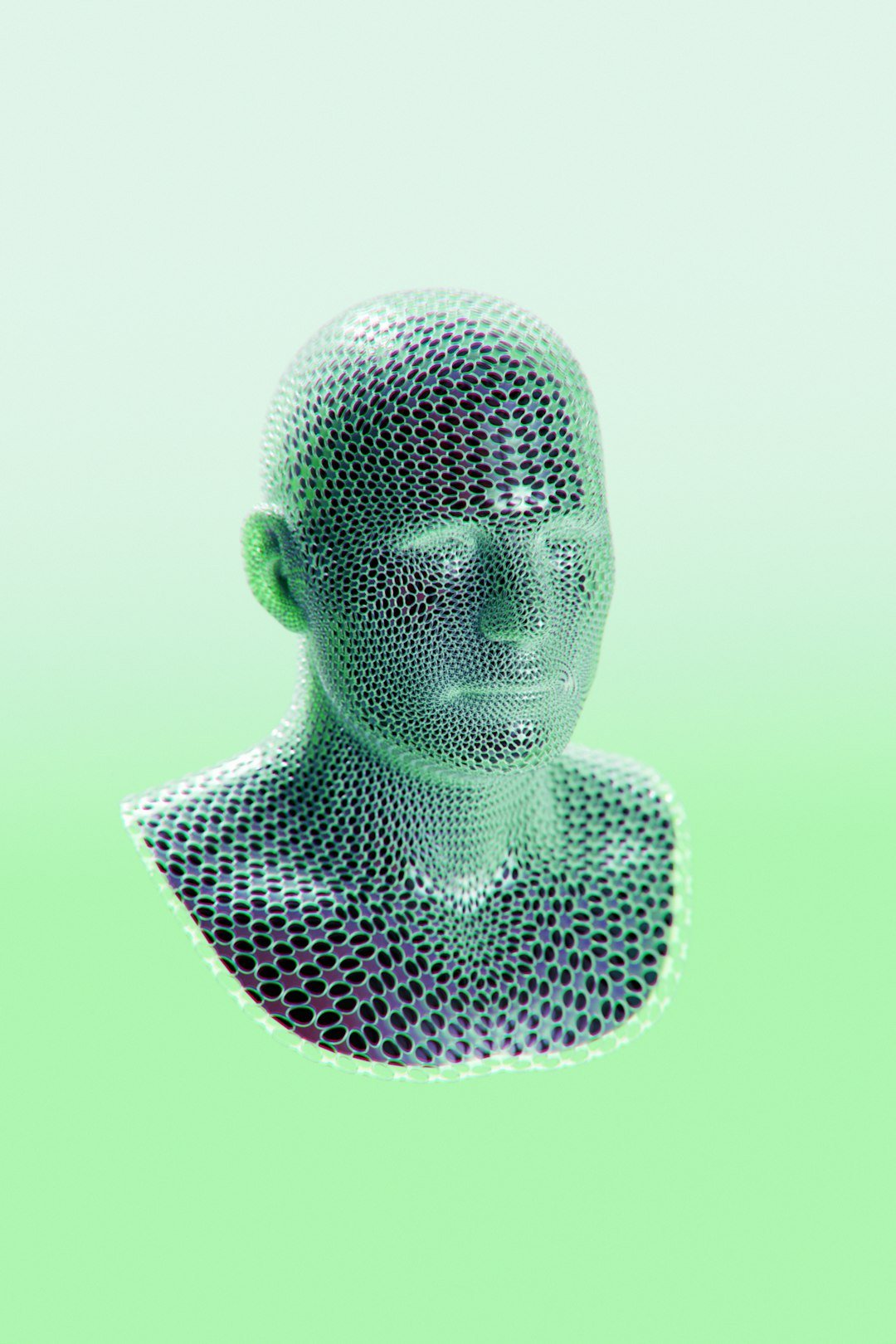
Traditional workflows optimize one variable at a time, but AI can treat an experiment as a single coupled system: beam energy, angle, magnetic settings, detector thresholds, and even environmental drift. Surrogate models – fast, learned stand-ins for heavier simulations – let teams test thousands of scenarios virtually, then carry only the most promising into the vault. Bayesian optimization and reinforcement learning close the loop, nudging parameters mid-run as data rolls in.
On the theory side, machine learning augments nuclear-structure calculations by learning corrections to mass models and shell effects where uncertainties loom largest. Graph-based approaches map isotopes as connected nodes, finding pathways where decay chains are both probable and detectable. The result isn’t magic; it’s disciplined triage that spends effort where discovery odds improve.
Why It Matters
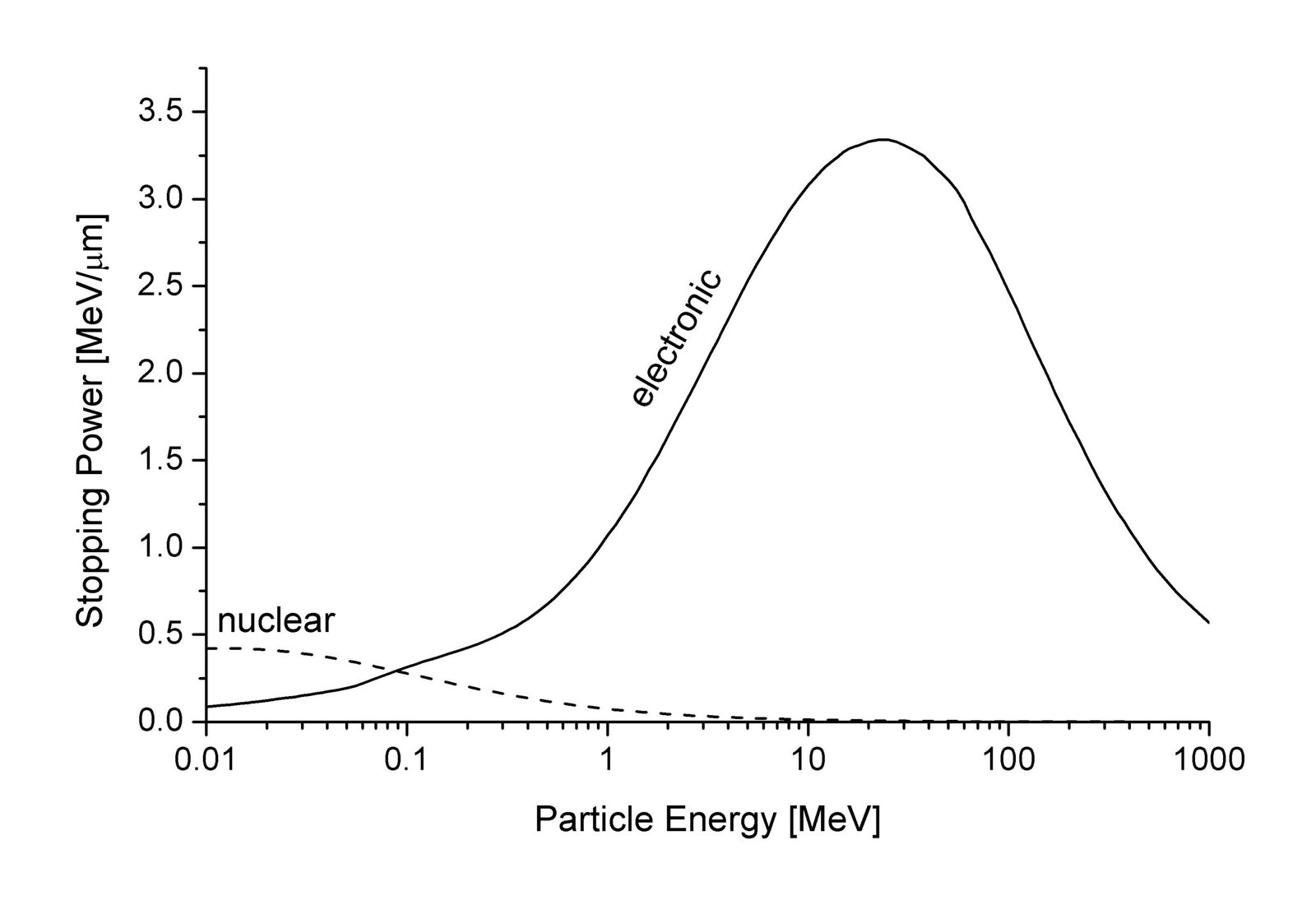
Beyond bragging rights, new elements pressure-test our understanding of the strong force and the architecture of the nucleus. When predictions and experiments disagree, the periodic table becomes a lab bench for rewriting parts of nuclear theory that still wobble. A better theory radiates outward, improving isotopic models used in astrophysics to explain how heavy elements form in stellar collisions.
There are practical ripples, too. Techniques honed for superheavy hunts sharpen detector technology, data acquisition, and separation chemistry that later feed medicine, security, and materials research. Even if these exotic atoms don’t become everyday tools, the methods we invent to find them often do.
Global Perspectives

This is a genuinely international race, with accelerators and target labs spread across the United States, Germany, Japan, and other nations investing in the heaviest frontier. Collaboration is not a courtesy – it’s a necessity – because target production, beam capabilities, and analysis expertise rarely live under one roof. Shared data standards and blind analyses help keep claims honest when sample sizes are measured in single digits.
AI could make that collaboration tighter by harmonizing data formats and letting models trained in one lab transfer their smarts to another with minimal friction. It also raises fair questions about access, since the best models are only as good as the data people can share. If we want trust in extraordinary claims, we need transparency baked into the code and the pipeline.
The Future Landscape
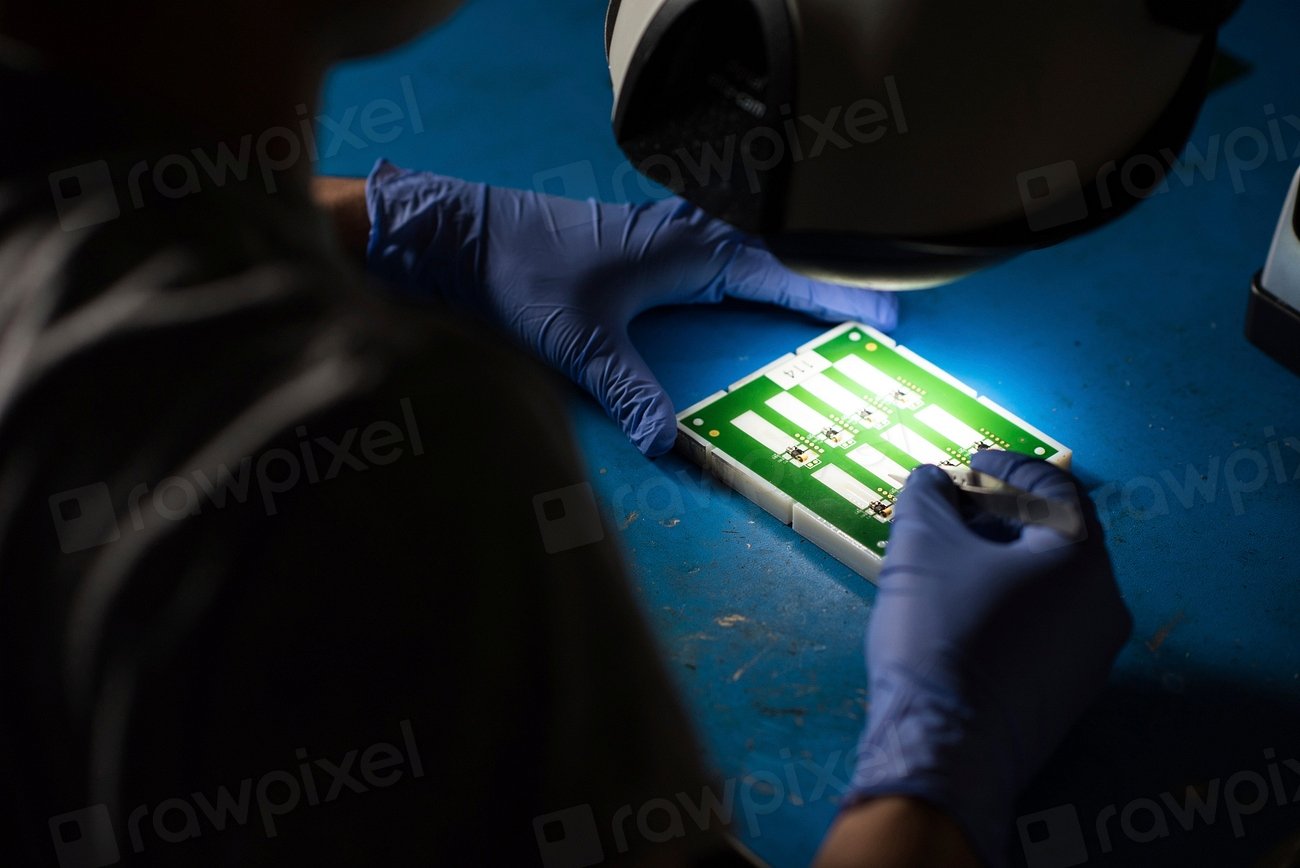
Exascale computing is arriving alongside accelerators designed with automation in mind, creating a feedback loop where experiments adapt themselves in near real time. Differentiable simulations – models you can tune directly against data – promise to shrink the gap between theory and what the detectors actually see. Even quantum-inspired algorithms are being explored for certain optimization tasks, though they’re early and must prove their worth.
On the hardware side, next-generation separators, cleaner targets, and more radiation-tolerant detectors will pair with AI to reduce background and sharpen identification. The dream is a closed-loop lab: propose, run, learn, adjust – day after day – until a pattern breaks in our favor. That’s not hype; it’s the natural endpoint of combining smart software with stubborn, beautiful machinery.
The Hidden Costs and Checks
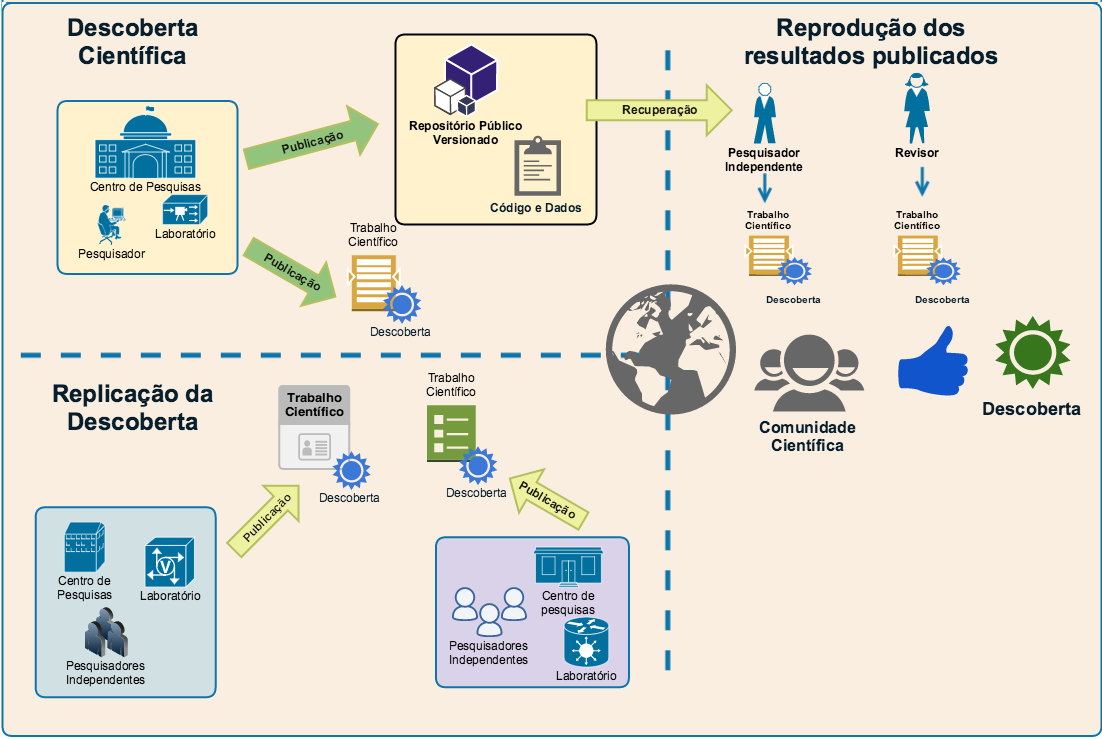
There’s a risk that a model could chase artifacts, especially when the rarest signals resemble noise dressed in statistics. That’s why cross-validation with independent detectors, alternate decay channels, and time-of-flight confirmations still sits at the center of the process. AI should narrow the search, not become judge and jury.
Reproducibility remains the hard currency, and multiple labs need to see similar hints before the community upgrades a whisper to a discovery. Clear audit trails – what the algorithm tried, what it rejected, and why – will be as important as the counts themselves. In this field, skepticism isn’t pessimism; it’s the craft.
Conclusion
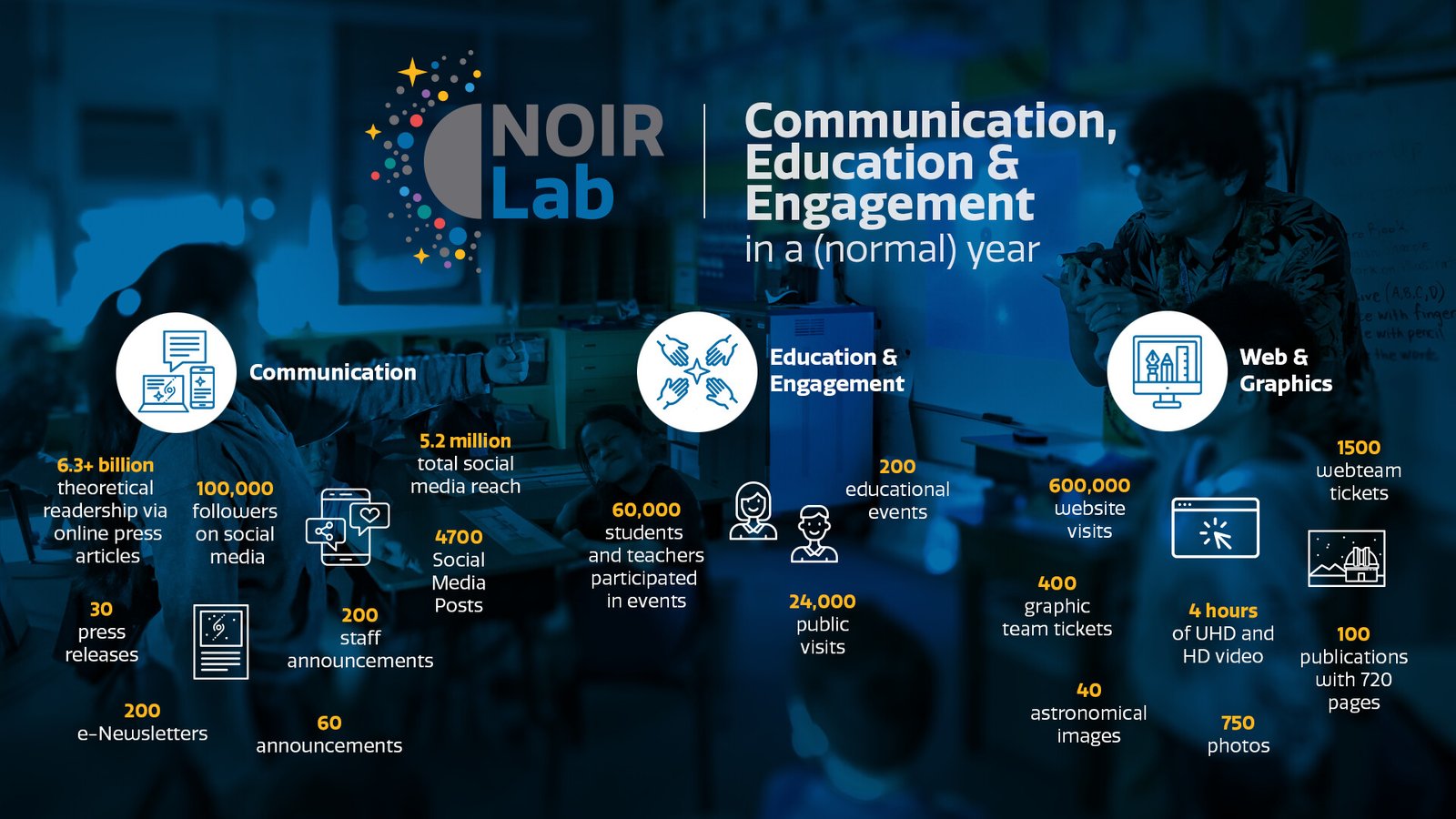
If this frontier speaks to you, there are easy ways to be part of the momentum even from home. Follow updates from national labs and accelerator centers, support science education efforts in your community, and encourage students to explore nuclear physics and data science together. Public open days at facilities are unforgettable; the hum of shielding and the quiet confidence of the teams make the abstract feel real.
For those in tech, consider contributing to open-source tools that help with calibration, uncertainty quantification, or data formatting – small utilities can save researchers serious time. And for everyone, keep a healthy curiosity and a critical eye; breakthroughs deserve both enthusiasm and careful questions. In the end, the periodic table is a human story, and the next square might hinge on people like you paying attention – doesn’t that spark a little wonder?

Suhail Ahmed is a passionate digital professional and nature enthusiast with over 8 years of experience in content strategy, SEO, web development, and digital operations. Alongside his freelance journey, Suhail actively contributes to nature and wildlife platforms like Discover Wildlife, where he channels his curiosity for the planet into engaging, educational storytelling.
With a strong background in managing digital ecosystems — from ecommerce stores and WordPress websites to social media and automation — Suhail merges technical precision with creative insight. His content reflects a rare balance: SEO-friendly yet deeply human, data-informed yet emotionally resonant.
Driven by a love for discovery and storytelling, Suhail believes in using digital platforms to amplify causes that matter — especially those protecting Earth’s biodiversity and inspiring sustainable living. Whether he’s managing online projects or crafting wildlife content, his goal remains the same: to inform, inspire, and leave a positive digital footprint.




